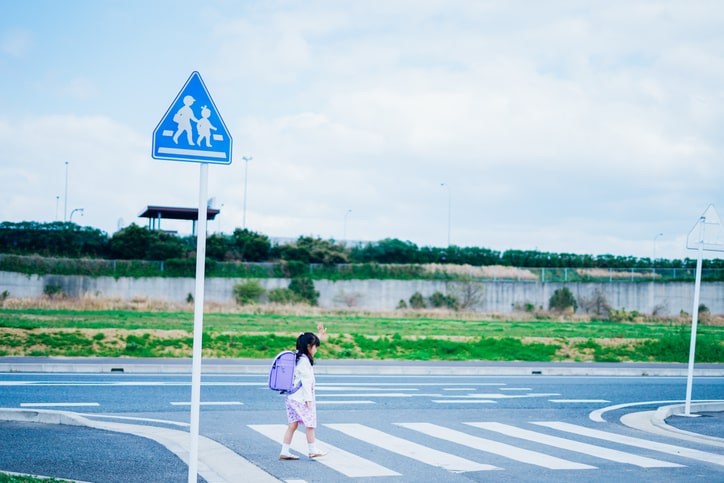Table of Contents
ToggleAs one of America’s oldest cities, Boston is a vibrant metropolis that seamlessly blends historical charm with modern innovation. Its busy streets are a testament to the city’s thriving economy and rich cultural heritage. However, pedestrian safety remains a pressing concern for residents and visitors alike. At Altman Nussbaum Shunnarah, we understand the physical, emotional, and financial toll that pedestrian accidents can take on individuals and families. This article will explore the seasonal patterns of pedestrian accidents in Boston and provide valuable insights to help you stay safe while getting through the city’s streets.

The Dangers of Pedestrian Accidents
Pedestrian accidents can occur at any time and place, but certain factors can increase the likelihood of these incidents. In Boston, a city known for its heavy foot traffic and bustling intersections, pedestrians face unique challenges when it comes to staying safe. According to the Massachusetts Department of Public Health, pedestrian accidents account for nearly 20% of all traffic-related fatalities in the state. These accidents can result in severe injuries, such as traumatic brain injuries, spinal cord damage, and broken bones, which can have life-altering consequences for victims and their loved ones.
Seasonal Trends in Pedestrian Accidents
While pedestrian accidents can happen year-round, at certain times of the year, there is a higher frequency of these incidents in Boston. Understanding these seasonal trends can help pedestrians stay alert and take extra precautions when necessary.
Fall and Winter
In Boston, the fall and winter months tend to be the most dangerous for pedestrians. As the days grow shorter and the weather becomes colder, several factors contribute to an increased risk of accidents:
- Reduced visibility: With the sun setting earlier, many pedestrians find themselves moving the streets in low-light conditions. This can make it more difficult for drivers to spot pedestrians, especially if they are wearing dark clothing.
- Inclement weather: Boston’s harsh winters bring snow, ice, and sleet, which can create hazardous walking conditions. Slippery sidewalks and reduced traction can lead to slips and falls, as well as make it more challenging for drivers to stop in time to avoid a collision.
- Holiday shopping rush: The fall and winter months also coincide with the holiday shopping season. As more people flock to the city’s retail districts, the increased foot traffic and distracted walking can contribute to a higher number of pedestrian accidents.
Spring and Summer
While the warmer months of spring and summer may seem less treacherous for pedestrians, it is crucial not to let your guard down. Several factors can still contribute to accidents during this time of year:
- Increased outdoor activity: As the weather improves, more people take to the streets for leisure activities like jogging, cycling, and walking. This increase in pedestrian activity can lead to more potential conflicts with vehicles.
- Construction and road work: Spring and summer are prime times for construction projects and road maintenance in Boston. These activities can create temporary changes in traffic patterns and pedestrian routes, which can be confusing and lead to accidents if pedestrians are not cautious.
- Distracted driving: With the nicer weather, drivers may be more likely to engage in distracted behaviors, such as using their phones or adjusting the radio. These distractions can impair a driver’s ability to react quickly to pedestrians in their path.
Staying Safe as a Pedestrian in Boston
While the seasonal trends in pedestrian accidents can be concerning, there are steps you can take to minimize your risk of being involved in an incident:
- Be visible: Wear bright or reflective clothing, especially when walking at night or in low-light conditions. This will make it easier for drivers to spot you.
- Follow traffic laws: Make it a habit to obey traffic signals and use designated crosswalks. Look out for oncoming traffic (both right and left) before crossing the street, even if you have the right of way.
- Stay alert: Avoid distractions such as using your phone or listening to music at a high volume while walking. Keep your eyes and ears open for potential hazards.
- Be predictable: Walk in a straight line and avoid sudden movements that could catch drivers off guard. If you need to change direction, use clear hand signals to indicate your intentions.
- Stay sober: Just as it is dangerous to drive under the influence, walking while intoxicated can also increase your risk of being involved in a pedestrian accident. If you have been drinking, consider taking a taxi or rideshare service instead of walking.
We are Here for You
If the unthinkable does occur, know that you have a trusted ally in Altman Nussbaum Shunnarah. Contact us today to schedule a free consultation. Having a skilled personal injury lawyer to assist you in your pedestrian accident case can make all the difference.




